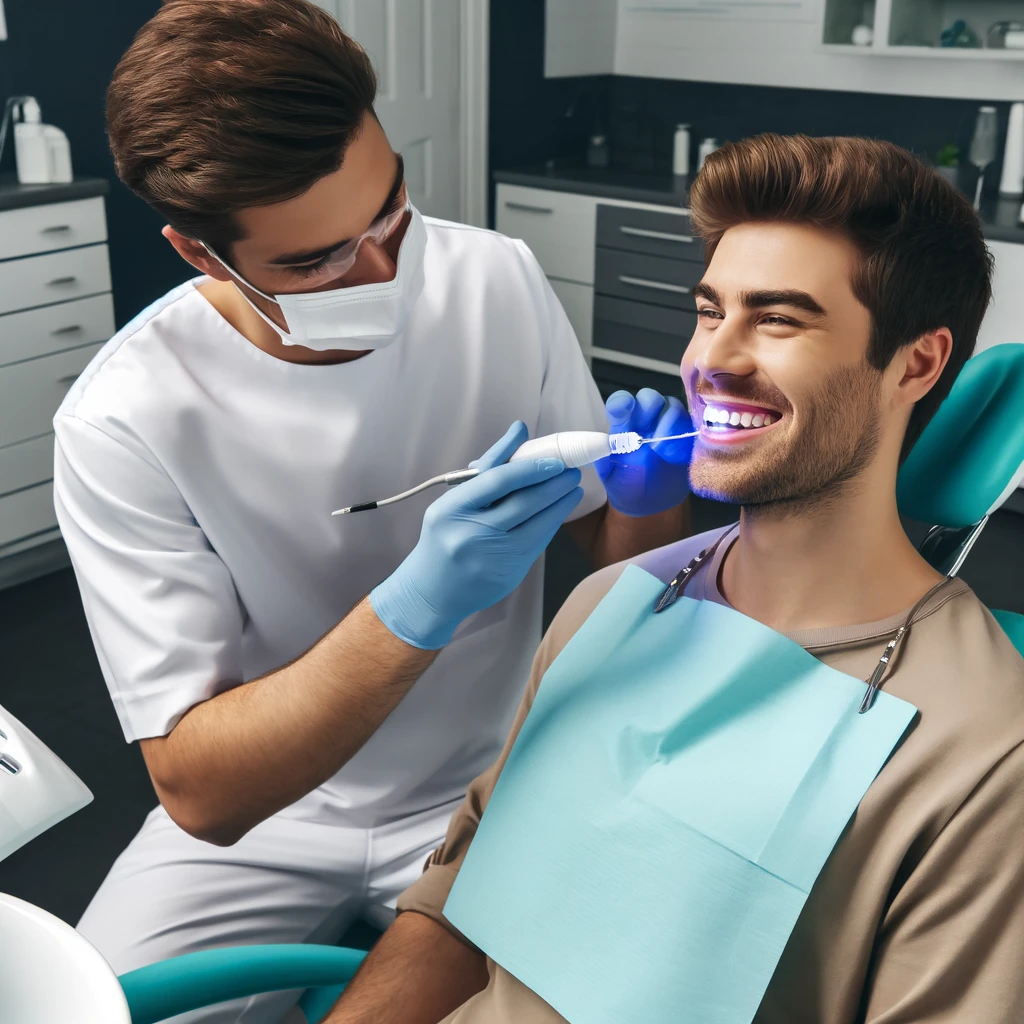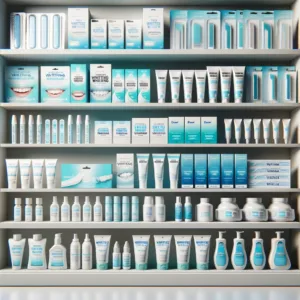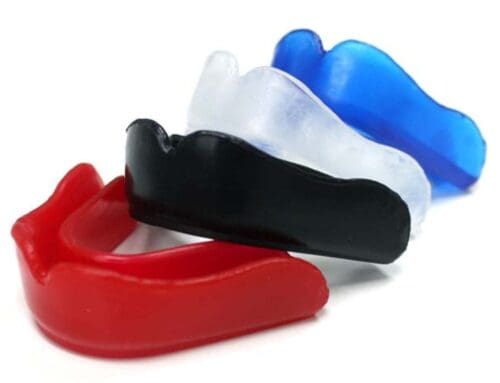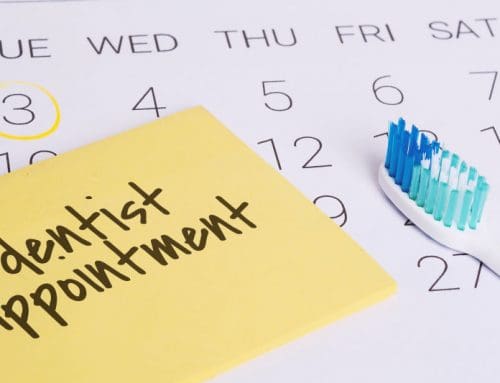Introduction
Teeth whitening has become a widely sought-after cosmetic procedure, celebrated for its promise of delivering a brighter, more attractive smile. Despite its popularity, the procedure is shrouded in several myths concerning its safety and effectiveness, leading to confusion and hesitation among potential users. This article aims to clarify these misunderstandings by debunking common myths, such as the belief that whitening can weaken enamel or cause severe sensitivity when, in reality, it is quite safe when performed using approved methods and substances. We also explore various effective whitening methods, from professional in-office treatments that provide dramatic results to at-home kits and over-the-counter products that offer convenience and gradual improvement. Additionally, the article offers crucial maintenance tips to sustain the whitening effects, emphasizing the importance of good oral hygiene, regular dental visits, and lifestyle adjustments that minimize stain-causing foods and habits. By providing a comprehensive view, this guide helps individuals make informed decisions about teeth whitening, ensuring they can achieve and maintain their desired outcomes safely and effectively.
Debunking Common Teeth Whitening Myths
Myth 1: Teeth Whitening Damages Tooth Enamel
Contrary to popular belief, modern teeth whitening techniques are safe when performed correctly. Products containing approved concentrations of hydrogen peroxide or carbamide peroxide are clinically proven to be effective without damaging tooth enamel.
Myth 2: All Teeth Whitening Methods Produce the Same Results
The effectiveness of teeth whitening varies significantly between professional treatments and over-the-counter kits. Professional procedures typically use stronger bleaching agents and involve protective measures, offering more dramatic results in a shorter time.
Myth 3: Teeth Whitening Results Are Permanent
Whitening is not a one-time solution. Your lifestyle choices, such as diet and smoking habits, can affect how long the results last. Regular maintenance is necessary to preserve the whiteness.
Exploring Effective Teeth Whitening Methods
Exploring effective whitening methods involves understanding the various options available and choosing the one that best suits your needs. Professional in-office whitening offers the most dramatic results, utilizing high-concentration peroxide gels activated by special lights or lasers for quick and noticeable whitening. For those who prefer a more gradual approach, at-home kits provided by dentists, which include custom-fitted trays and milder bleaching agents, can be used over several weeks to achieve desired results. Over-the-counter products, such as whitening strips, toothpastes, and rinses, provide the most accessible and cost-effective method, though they typically offer milder results. Each method has its advantages and suitability, depending on the extent of discoloration, individual preferences, and lifestyle factors. Effective selection and use of these methods can lead to significantly brighter smiles, enhancing both dental health and personal confidence.
Professional In-Office Whitening
This method involves the direct application of a high-concentration peroxide gel to the teeth, often enhanced with a special light or laser. The results are immediate and noticeable, making it a preferred choice for those seeking significant changes quickly.
At-Home Teeth Whitening Kits from Dentists
These kits include custom-fitted trays and a gentler bleaching agent than what is used in-office. They are designed for use at home over a series of weeks, providing a more gradual whitening effect.
Over-the-Counter Products
Options such as whitening strips, toothpastes, and rinses are the most accessible but typically offer the mildest results. They may be best for minor staining or as a maintenance method after professional whitening.
Maintenance Tips for Prolonged Teeth Whitening Results
To extend the longevity of your teeth whitening results, consider the following tips:
Avoid Stain-Causing Foods and Beverages:
Coffee, red wine, and dark berries are notorious for staining teeth. When you do consume these, brush your teeth shortly after.
Regular Dental Hygiene:
Brush at least twice a day with a fluoride toothpaste and floss daily to remove plaque and prevent staining.
Follow-up Treatments:
Periodic touch-ups with professional whitening or at-home trays can help maintain your desired shade.
Quit Smoking:
Tobacco is one of the major causes of tooth discoloration. Quitting can prevent further staining.
Conclusion
Understanding the myths, choosing the right whitening method, and maintaining proper dental health are crucial steps to achieving and preserving a brighter smile. Dispelling common myths is the first step in setting realistic expectations for teeth whitening. For example, many people fear that teeth whitening can damage enamel or cause permanent sensitivity, but with the use of clinically approved products and professional guidance, whitening is safe and effective. This clarity helps in selecting the most suitable whitening approach tailored to individual needs and expectations.







